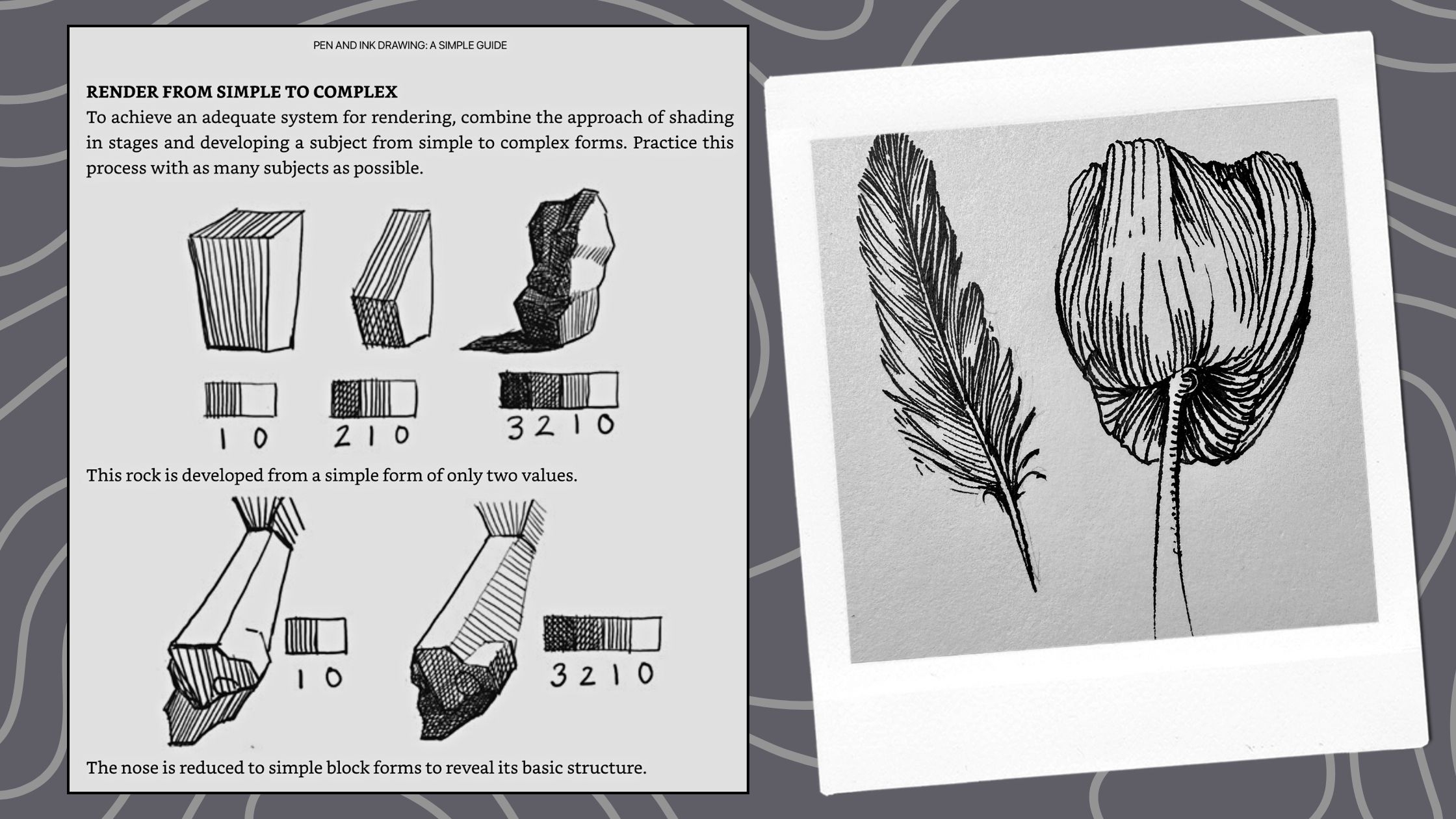When it comes to creating realistic and engaging artwork, textures play a crucial role in adding depth and visual interest. Whether you’re working with traditional mediums like pencil and paper or digital tools, understanding how to effectively draw textures can take your art to the next level.
Textures can range from smooth and shiny surfaces to rough and gritty ones, each requiring a different approach to capture their unique characteristics. By learning how to observe and replicate textures in your drawings, you can enhance the realism and tactile quality of your artwork.
Drawing Textures
One of the key aspects of drawing textures is understanding how light interacts with different surfaces. For smooth and reflective textures, such as glass or metal, paying attention to highlights and reflections is essential to create a convincing illusion of depth. By using varying line weights and shading techniques, you can effectively capture the sheen and luster of these surfaces.
On the other hand, rough textures like tree bark or stone require a different approach. Using cross-hatching, stippling, or other texturing techniques can help convey the uneven and tactile quality of these surfaces. By building up layers of texture through careful observation and mark-making, you can create a sense of realism and depth in your drawings.
Experimenting with different tools and materials can also enhance the textures in your artwork. For example, using a variety of pencils, brushes, and blending tools can help you achieve a wider range of textures and effects. Mixing and layering different mediums, such as ink, charcoal, or watercolor, can add richness and complexity to your textures, creating a more dynamic and engaging composition.
In addition to technical skills, developing a keen eye for detail and observation is essential for drawing textures. By studying textures in the world around you and practicing sketching from life, you can hone your ability to capture the subtle nuances and variations in different surfaces. Paying attention to the way light and shadow interact with textures can help you create more convincing and lifelike drawings.
In conclusion, mastering the art of drawing textures requires a combination of technical skill, observation, and experimentation. By understanding how to effectively capture the characteristics of different surfaces, using a variety of tools and materials, and developing a keen eye for detail, you can create artwork that is rich in texture and visual interest. So, next time you sit down to draw, challenge yourself to explore and experiment with textures to elevate your art to new heights.
